Report this entry
More from the same community-collection
Red Sands is a popular off roading attraction
"If you enjoy off-roading in the beautiful desert sands, there ...
Puente Internacional Santa Fe (Paso Del Norte)
Puente Internacional Santa Fe (Paso Del Norte) in 800 El Paso ...
Post Office Downtown - El Paso, Texas
Post Office downtown at 219 Mills Ave, El Paso, Texas 79901.
Paul L. Foster School Of Medicine with Jun Zhang
PAUL L. FOSTER school of medicine at 5001 El Paso Dr, El Paso, ...
Paul L. Foster School of Medicine
Paul L. Foster School Medicine at 5001 El Paso Dr, El Paso, TX ...
Paul L. Foster School of Medicine
PAUL L. FOSTER school of medicine at 5001 El Paso Dr, El Paso, ...
PAUL L. FOSTER school medicine with Jun Zhang
PAUL L. FOSTER school of medicine in 5001 El Paso Dr, El Paso, ...
Paul L. Foster School of Medicine
Paul L. Foster School of Medicine at 5001 El Paso Dr, El Paso, ...





















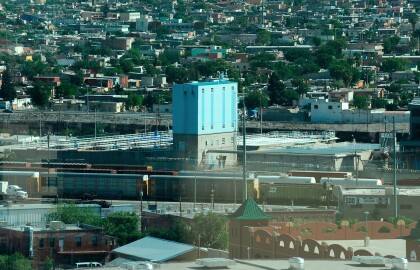
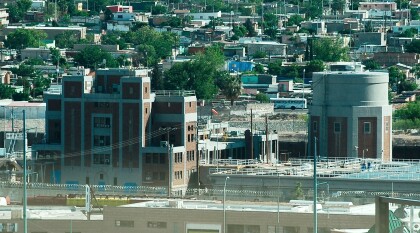
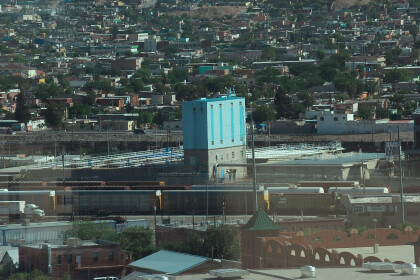
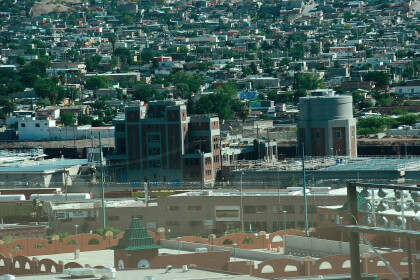
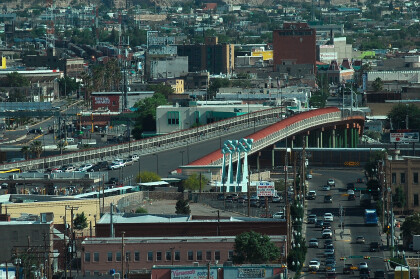
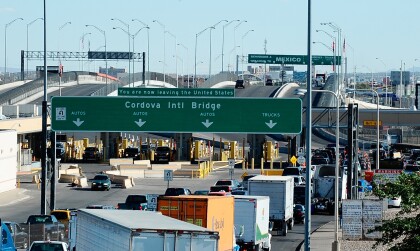
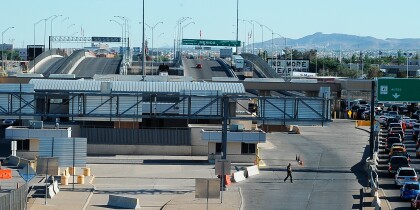
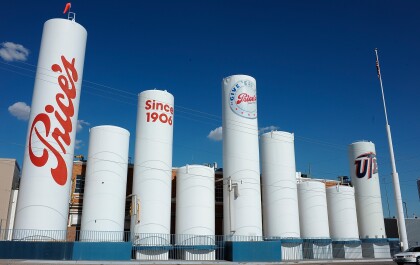
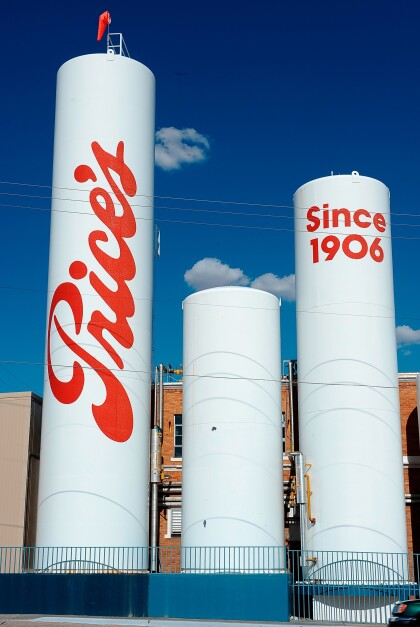
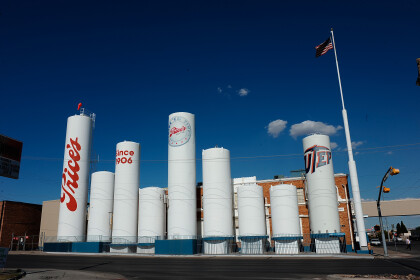
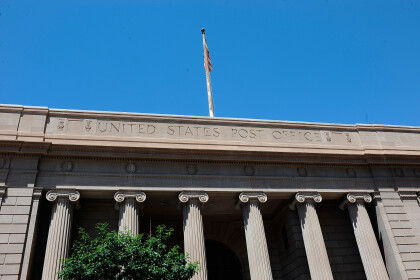
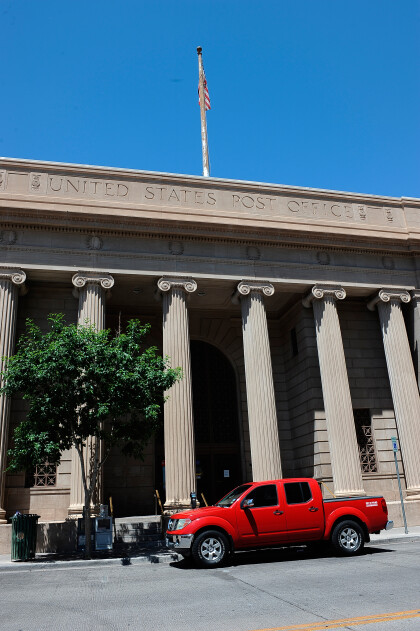
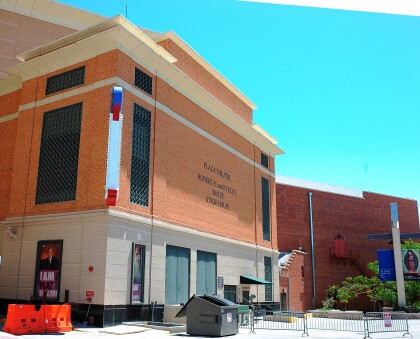
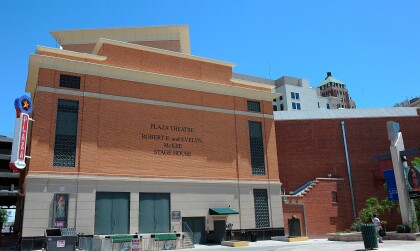
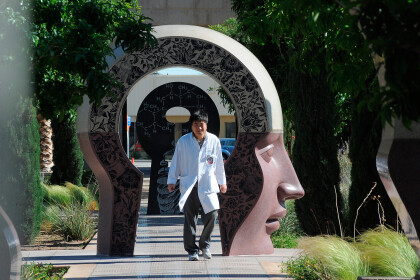
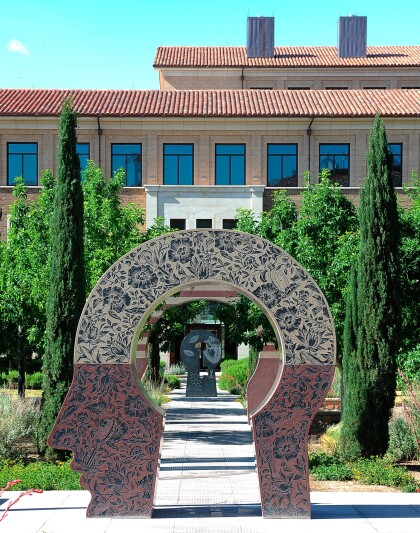
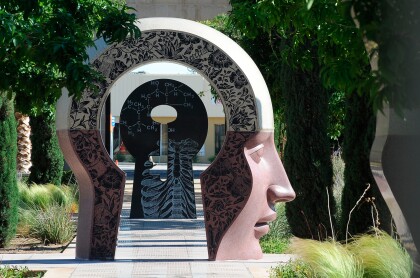
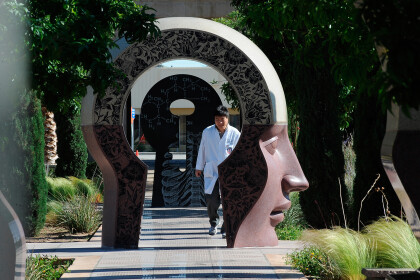
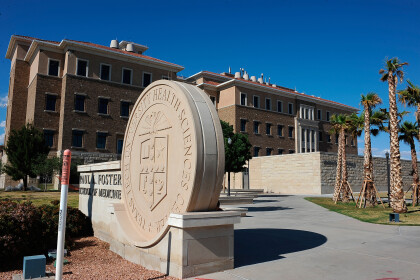
Comments
Add a comment